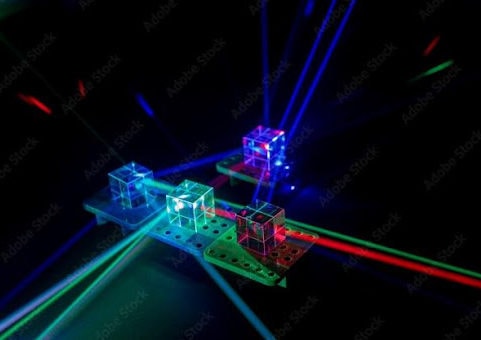Precision Optics: Enhancing the World Through Precision and Clarity
Created at : Oct 11 2023
Precision optics are an integral part of our modern world, playing a crucial role in various fields such as medicine, astronomy, telecommunications, and manufacturing. These specialized optical components and systems are designed to manipulate light with the utmost accuracy, ensuring that it is precisely focused, controlled, and analyzed.
Understanding Precision Optics
Precision optics refer to optical components and systems engineered with an exceptional degree of accuracy, control, and consistency. These components are designed to control the propagation of light, enabling it to perform specific tasks, such as focusing, filtering, magnification, or polarization, with unparalleled precision. Precision optics are manufactured using advanced materials, coatings, and designs to minimize optical aberrations, maximize light transmission, and ensure minimal distortion.
Common Precision Optics Components
- Lenses: Precision lenses are used for applications like photography, microscopy, and laser systems. They are designed to focus light to a specific point or create images with minimal aberrations.
- Mirrors: Precision mirrors are employed in various optical systems for light reflection and manipulation. They are crucial in telescopes, laser systems, and optical cavities.
- Prisms: Prisms are used to disperse light into its constituent colors, creating rainbows, or to change the direction of light, such as in binoculars or spectroscopy.
- Filters: Optical filters selectively transmit or block specific wavelengths of light, making them indispensable in applications like photography, remote sensing, and spectroscopy.
Applications of Precision Optics
Medicine and Surgery
In the medical field, precision optics are instrumental in endoscopes, microscopes, and laser surgical systems. Endoscopes use miniature lenses and fiber optics to visualize internal organs, while microscopes enable detailed examination of biological specimens. Laser systems with precision optics allow for minimally invasive procedures, making surgeries safer and more effective.
Astronomy and Space Exploration
Astronomers rely on precision optics in telescopes to capture high-resolution images of distant celestial objects. Space telescopes like the Hubble Space Telescope have provided stunning images and data, advancing our understanding of the universe.
Telecommunications
The backbone of modern telecommunications, such as fiber optic networks, heavily depends on precision optics. Optical fibers, made from high-quality glass and coated with precision materials, carry data as pulses of light over long distances, enabling high-speed internet and communication.
Manufacturing and Quality Control
Precision optics play a pivotal role in manufacturing processes and quality control. They are used in laser measurement systems, interferometers, and inspection tools to ensure the accuracy and precision of components and products, from semiconductors to medical devices.
Defense and Security
In military and security applications, precision optics are used in surveillance, target acquisition, and laser guidance systems. High-quality lenses, prisms, and mirrors enable precise targeting and imaging.
Consumer Electronics
In everyday life, precision optics are found in cameras, camcorders, and smartphones. They enhance the quality of images and videos, providing the public with high-resolution memories and communication tools.
Conclusion
Precision optics are an integral part of modern society, touching virtually every aspect of our lives. They enable the medical community to perform minimally invasive surgeries, enhance our understanding of the universe through powerful telescopes, and keep us connected through high-speed telecommunications. These specialized optical components and systems, built with accuracy and consistency in mind, play a crucial role in advancing technology and shaping the world as we know it. As technology continues to evolve, the demand for precision optics will only increase, further pushing the boundaries of what is possible in science and industry.

 CUSTOM OPTICAL FILTERS
CUSTOM OPTICAL FILTERS
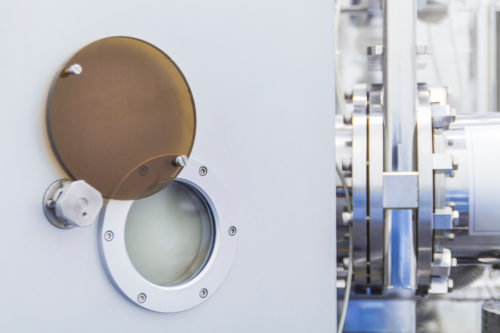 OPTICAL WINDOWS
OPTICAL WINDOWS
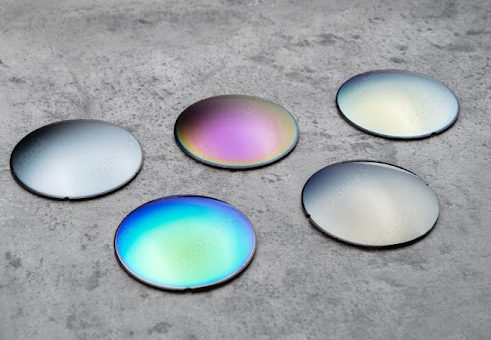 OPTICAL COATINGS
OPTICAL COATINGS
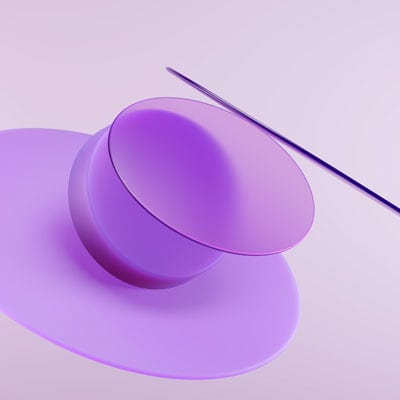 UV OPTICS
UV OPTICS
 CYLINDRICAL OPTICS
CYLINDRICAL OPTICS
 CUSTOM TEMPERED OPTICS
CUSTOM TEMPERED OPTICS
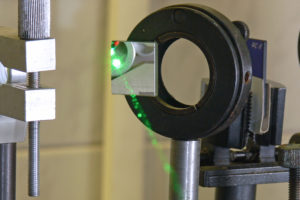 OPTICAL MIRRORS
OPTICAL MIRRORS
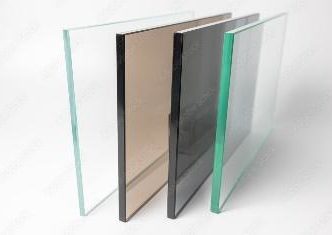 NEUTRAL DENSITY
NEUTRAL DENSITY
 PRISMS & RETROREFLECTORS
PRISMS & RETROREFLECTORS
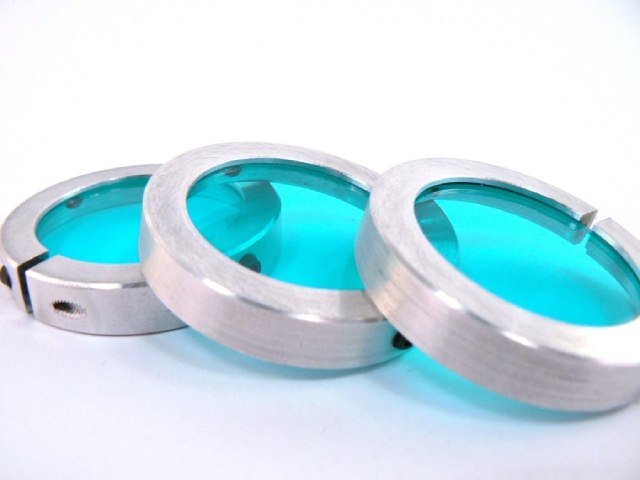 ASSEMBLIES
ASSEMBLIES
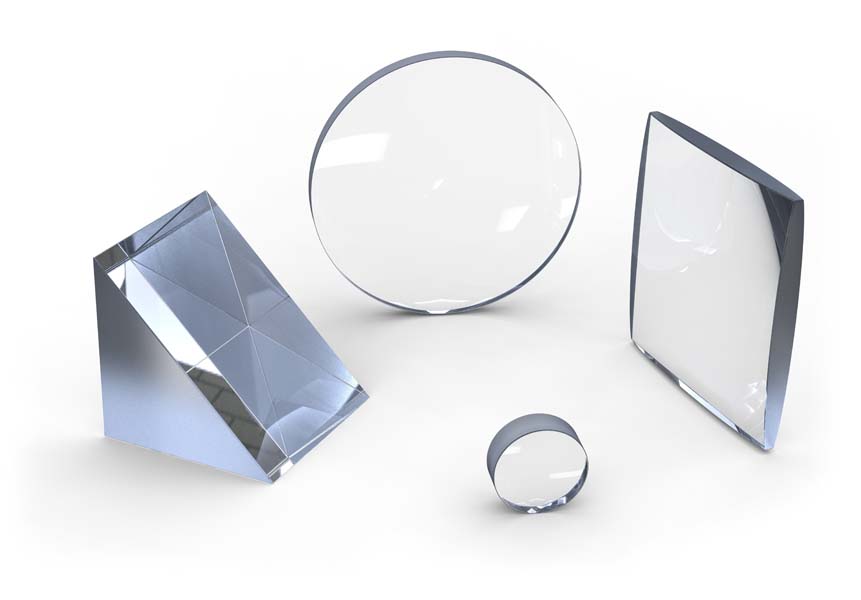 OPTICAL LENSES
OPTICAL LENSES
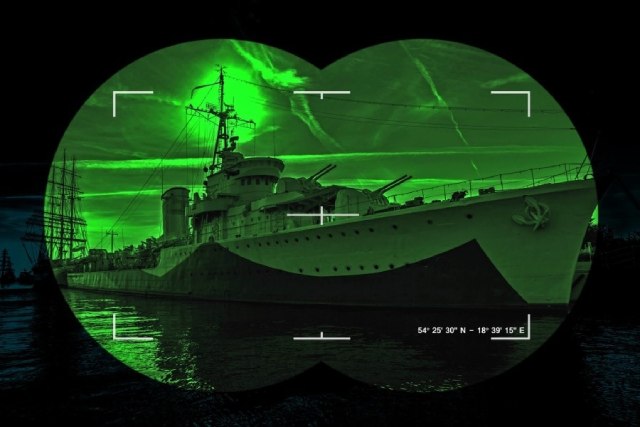 NIGHT VISION FILTERS
NIGHT VISION FILTERS
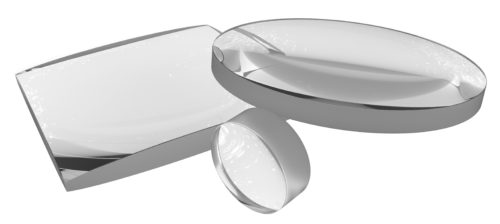 ACHROMATIC LENSES
ACHROMATIC LENSES
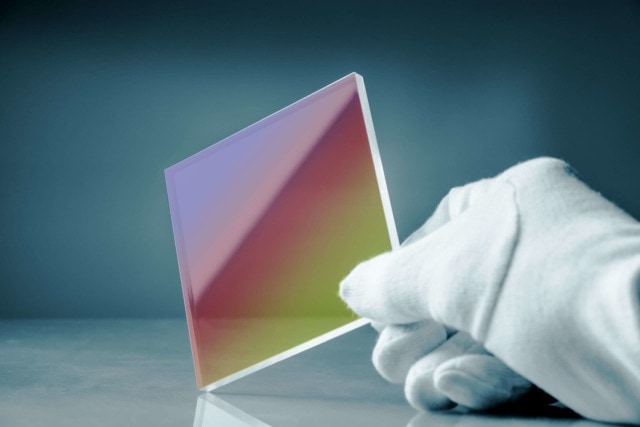 OPTICAL BEAM SPLITTERS
OPTICAL BEAM SPLITTERS
